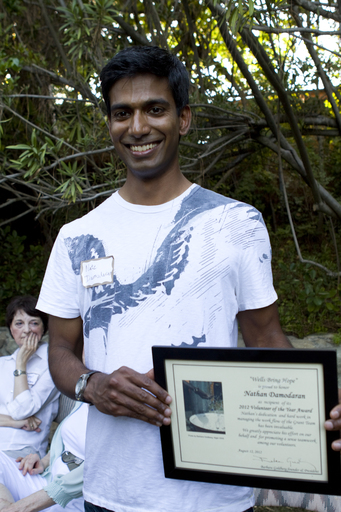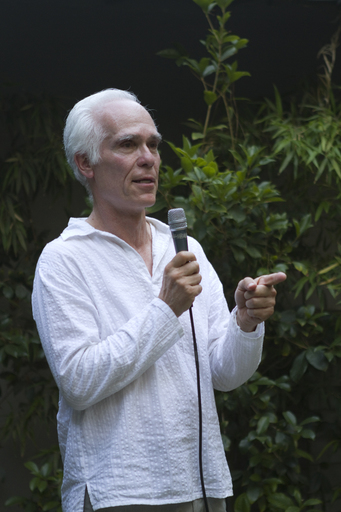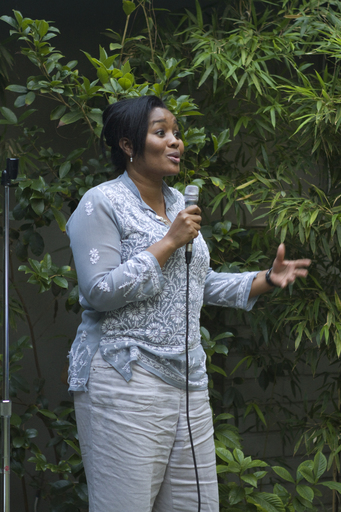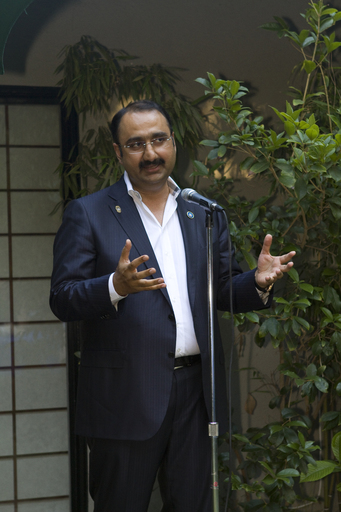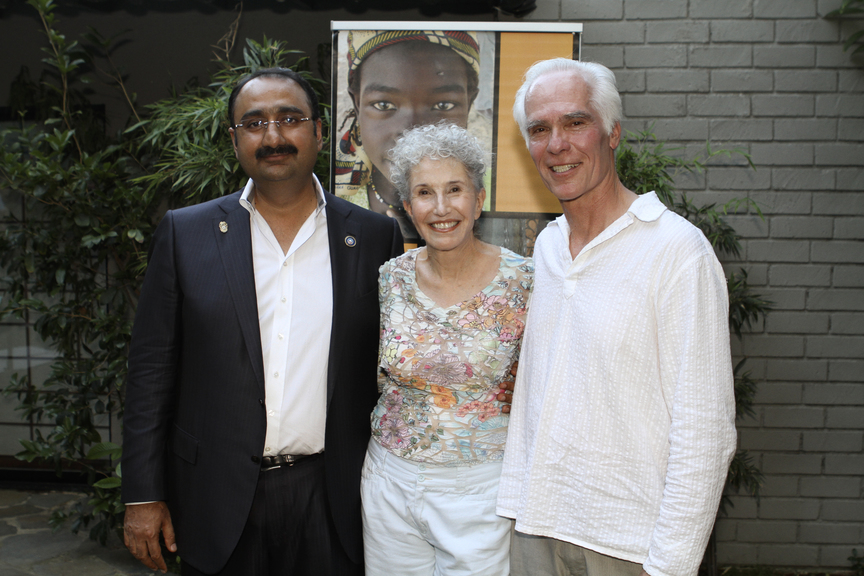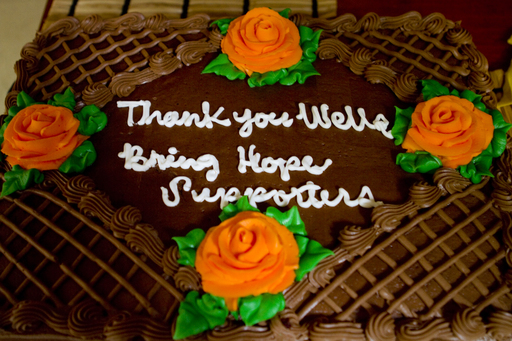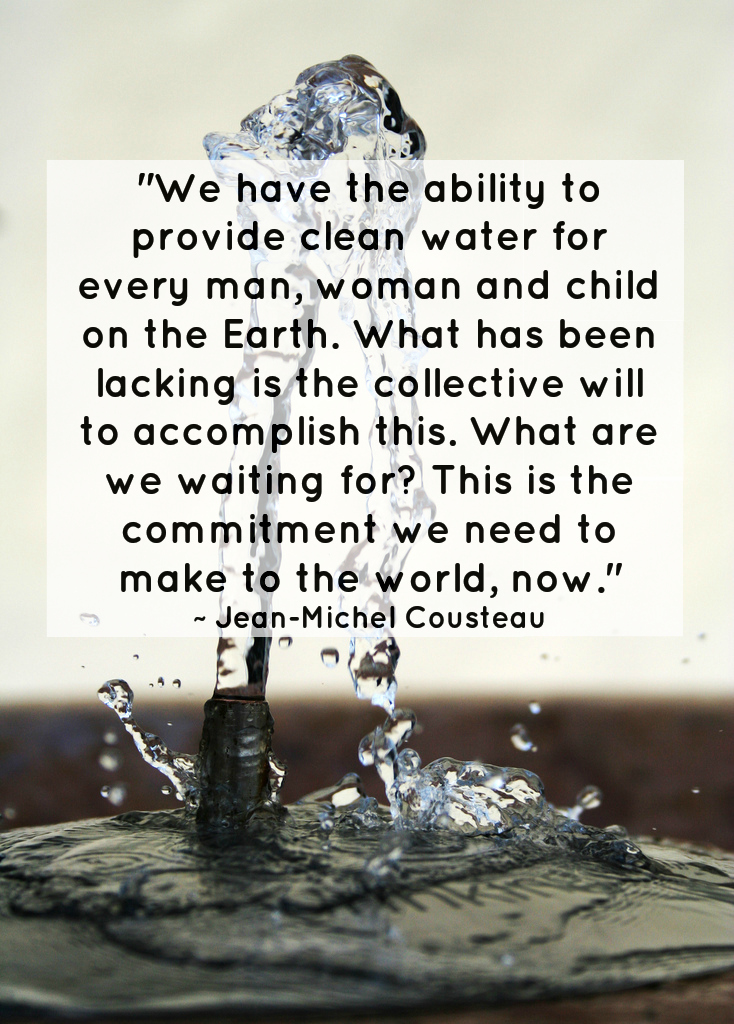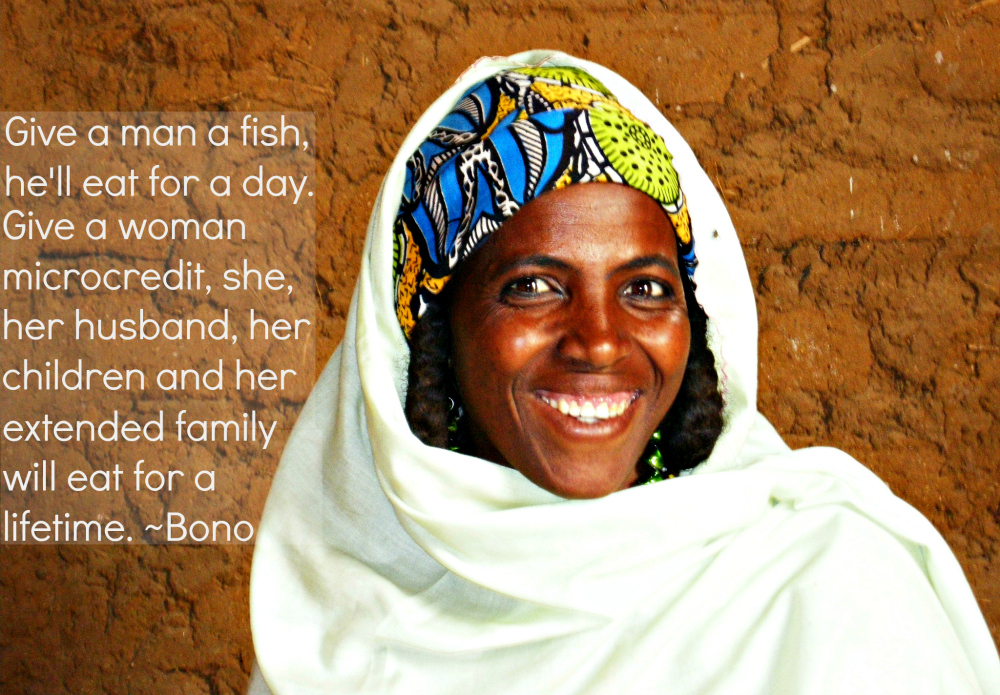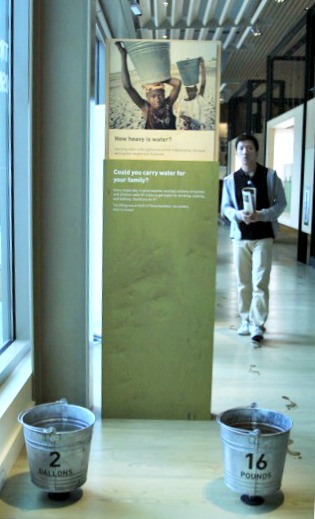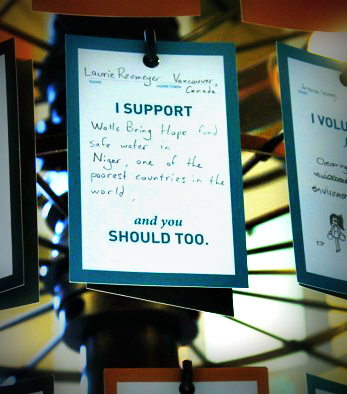Photos and text by Jessica Isaac
After attending the Bel Air Crest event hosted by Firouzeh Banki and Curtis Estes earlier this year, guests Alan and Mandana Azad were inspired to host their own event in honor of Wells Bring Hope. We are happy to report the two did just that with much success on Saturday, September 22 at the Beverly Hills Women’s Club!
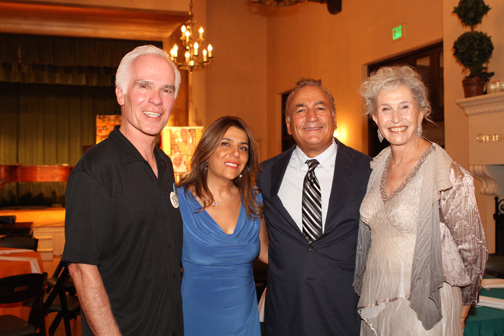 |
 |
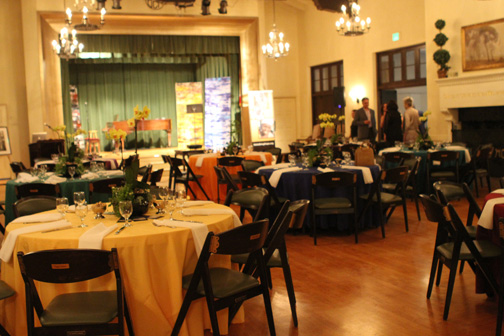 |
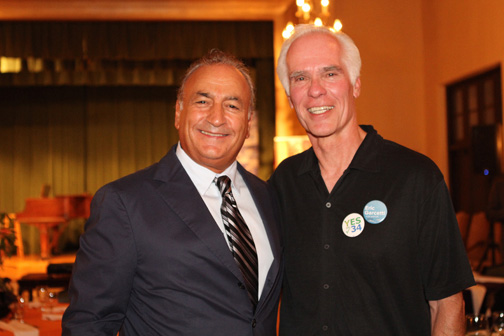 |
The evening began with wine and appetizers on the patio of the historic women’s club. As guest mingled before dinner, they had the chance to view ten of Gil Garcetti’s striking images of West Africa and begin to get a feel for the circumstances of life in the region. After cocktail hour, guests made their way from the foyer into the hall for dinner and a few short presentations.
During the presentations, Barbara Goldberg, founder and president of Wells Bring Hope, spoke about her vision for the organization and the importance of this cause. She shared a video shot by the WBH crew on site in Niger, West Africa and explained WBH’s mission of saving lives with safe water by raising funds to drill wells and give microloans to women in Niger. Gil Garcetti, former L.A. County District Attorney and vice president of Wells Bring Hope, followed Barbara’s video by presenting guests with a slide show of some of the photos he has taken in West Africa. He elaborated on each one, conveying the brave spirit he observed in the people of the region. All of the limited edition prints displayed around the hall were available for purchase that night with all of the proceeds going to Wells Bring Hope’s efforts in Niger.Host Alan Azad concluded the presentations by encouraging his guests to donate to the evening’s cause, drilling wells in the second poorest country in the world.
In one of the evening’s high points, three of the Azad’s incredibly generous friends responded to his call for donations by pledging to fund a well each! With a great sense of celebration in the air, the presentations were followed by entertainment from a few very talented musicians, including Mr. Azad himself! Alan sang a few popular tenor arias and even some Sinatra, all accompanied by pianist and mezzo-soprano Adelaide Sinclair. Professional opera singer Erykka Ximone and violinist Tamara Gyulnazarova, accompanied on piana by her mother Tany, also wowed the crowd with their amazing talent.Wells Bring Hope is happy to announce that the evening resulted in donations totaling $27,250!
This event has not only made it possible to fund almost five complete wells in Niger, but it has also given those in attendance the chance to see the photos of those living without access to safe water and hear the words of those who have witnessed it firsthand. Wells Bring Hope is grateful to everyone who attended and made the evening such a success. Special thanks to Alan and Mandana Azad for their generosity and for helping to spread the word about Wells Bring Hope to their friends and family.
 |
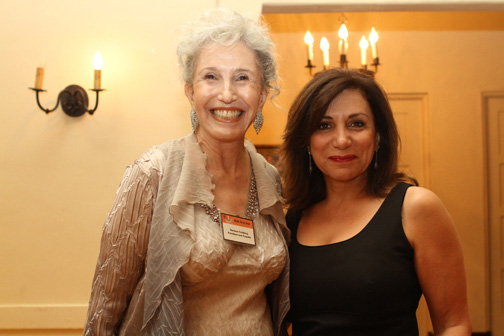 |
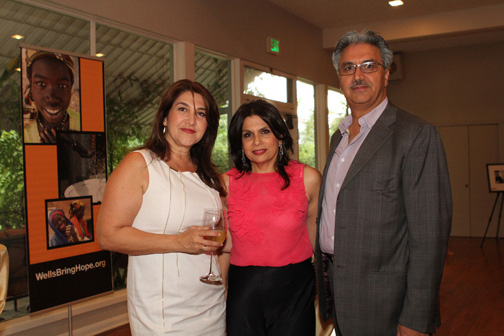 |
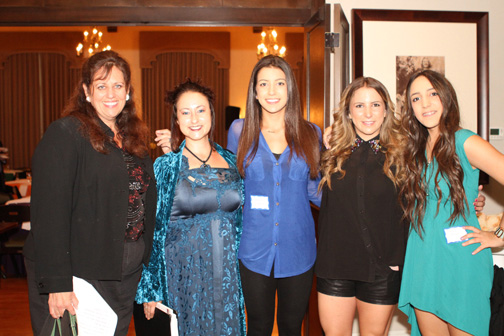 |
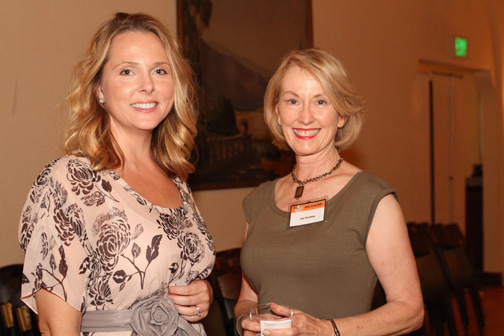 |
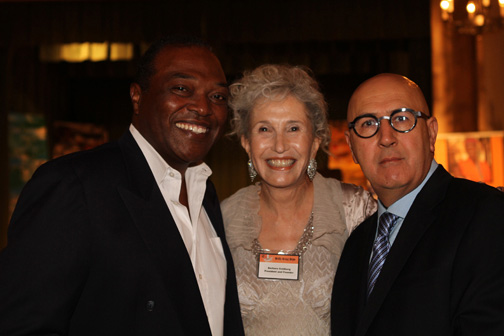 |
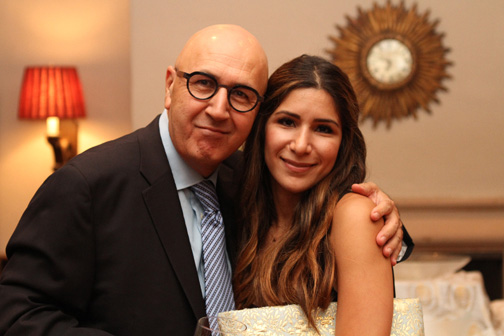 |
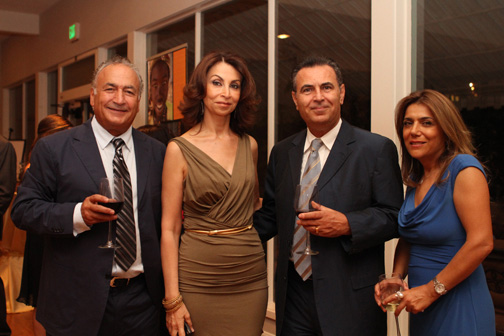 |
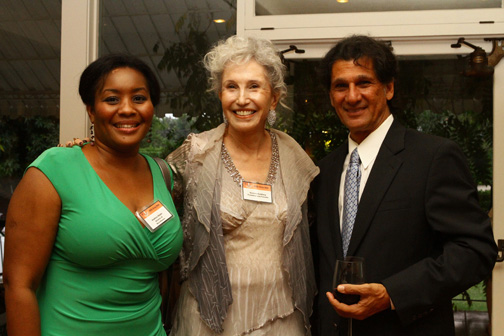 |
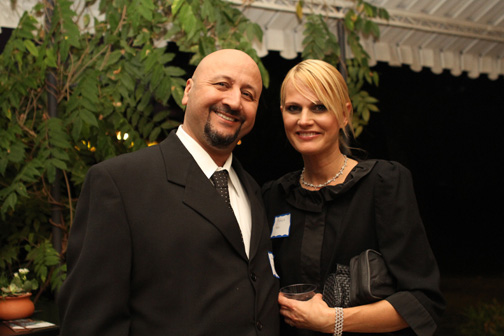 |
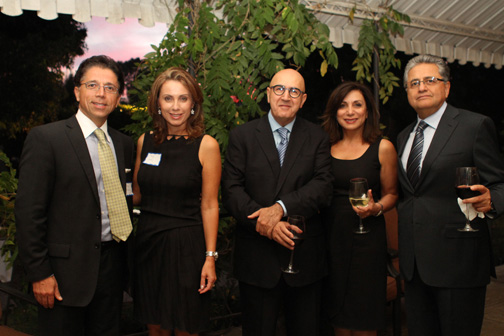 |
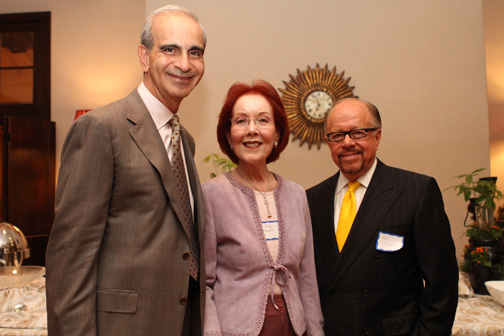 |
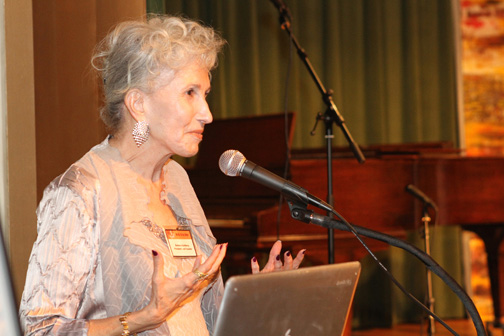 |
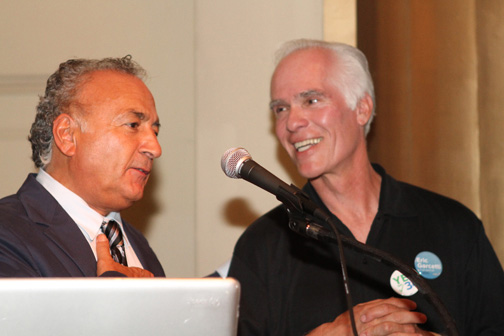 |
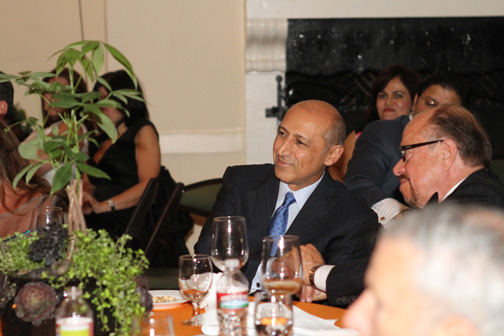 |
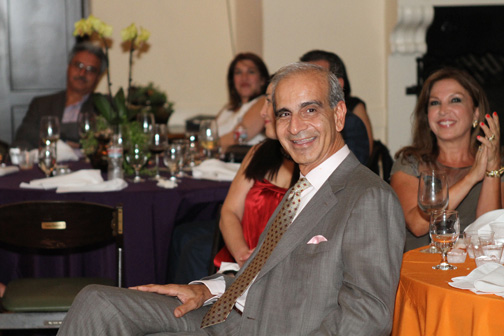 |
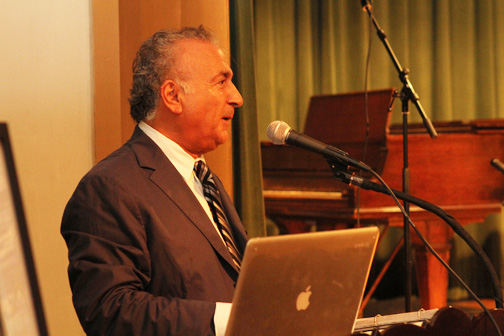 |
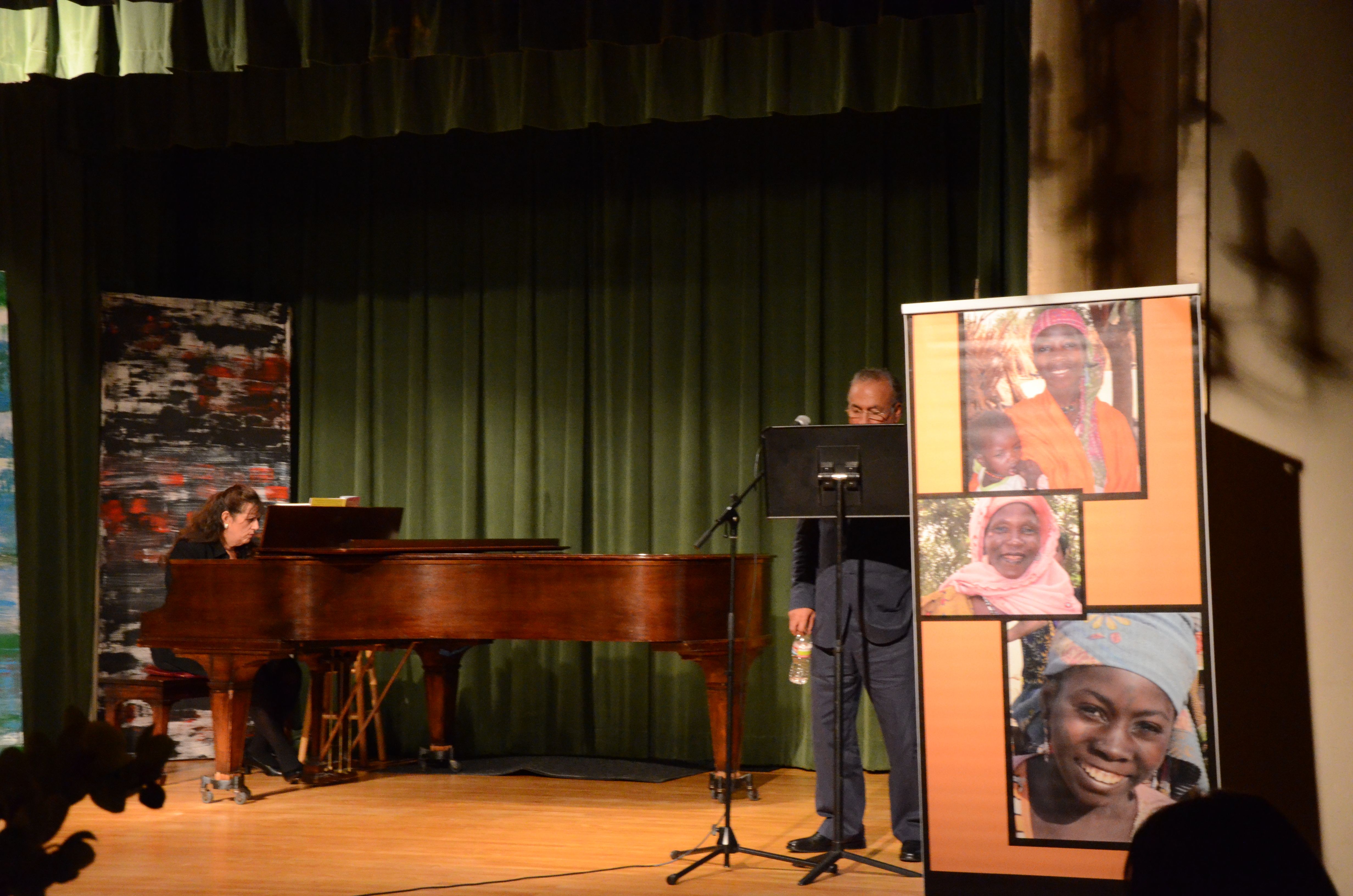 |
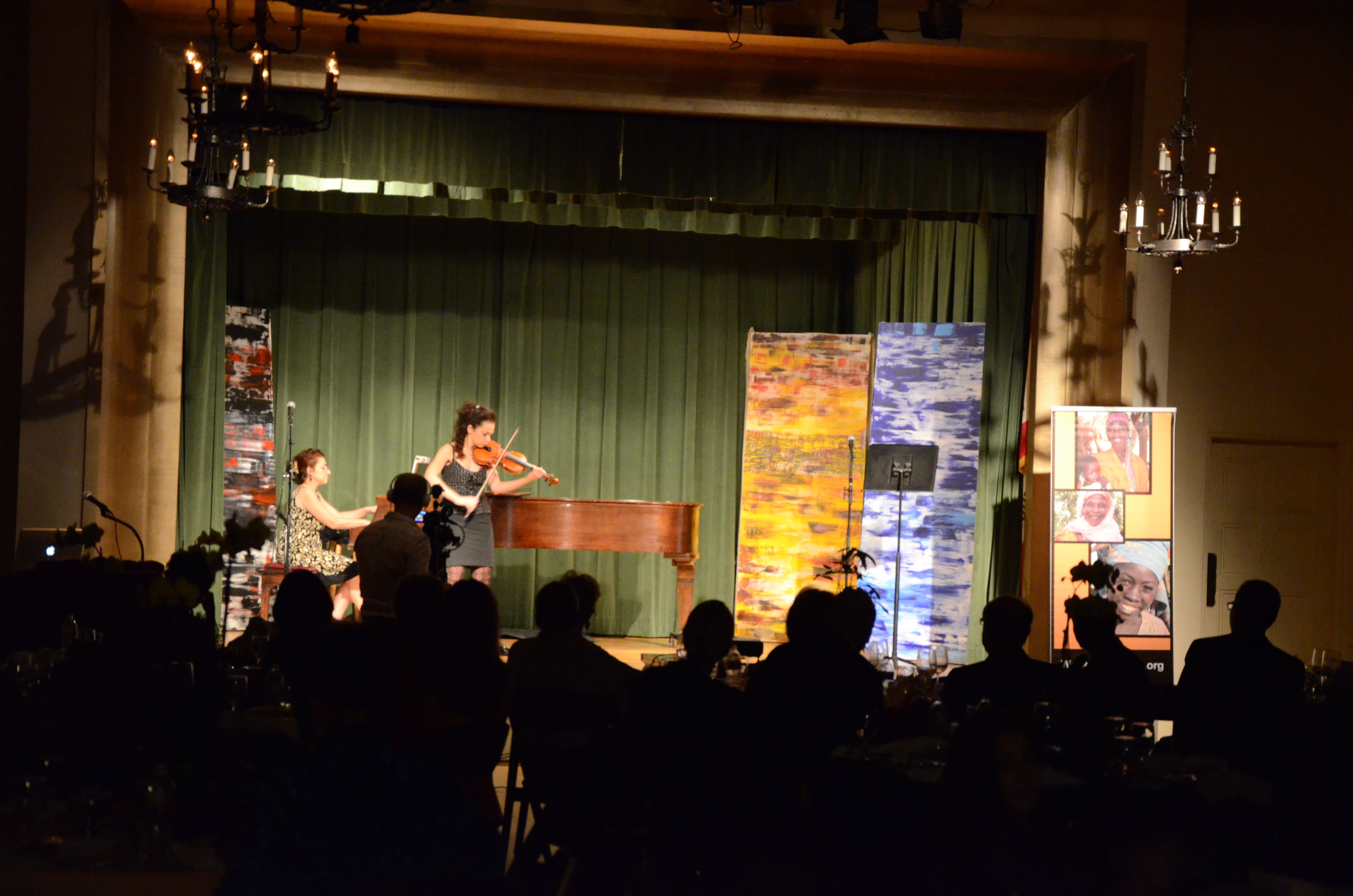 |
|
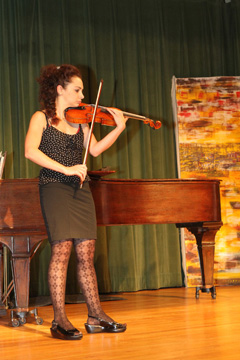 |
 |
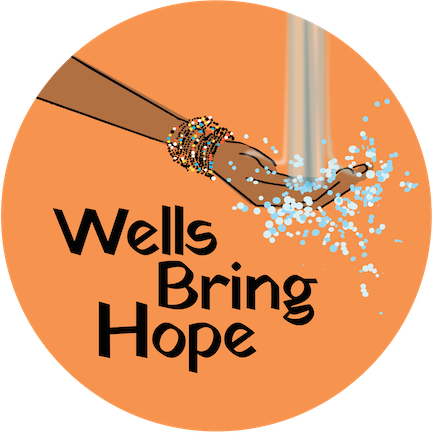
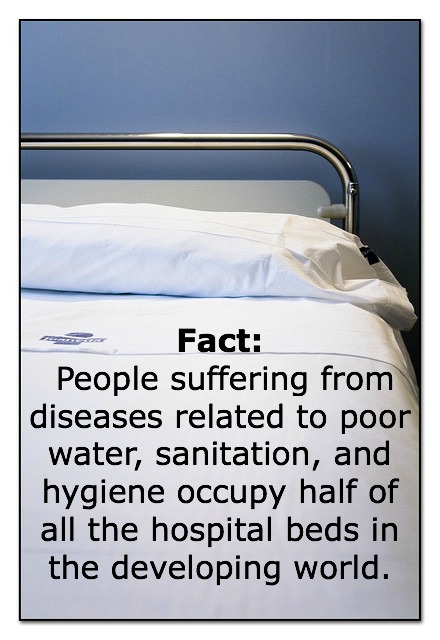

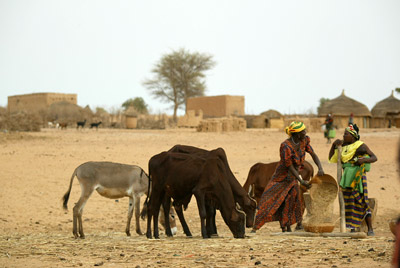
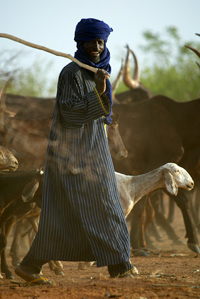

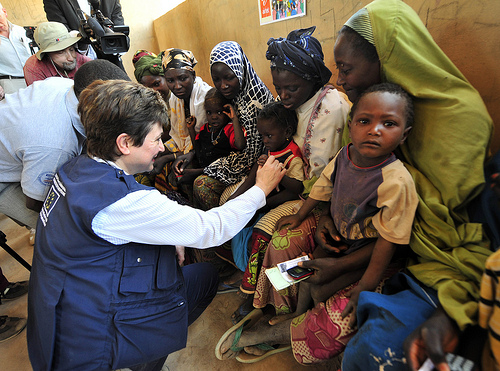
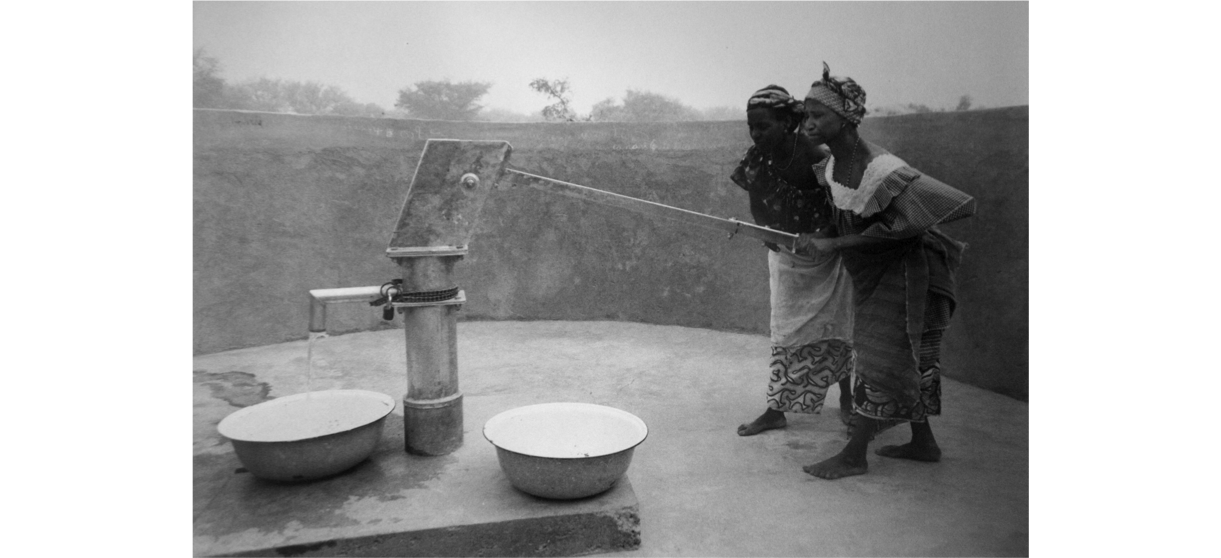
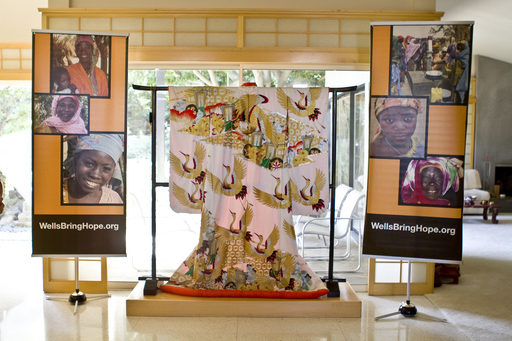
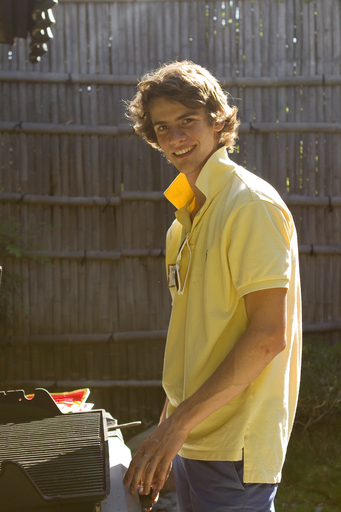
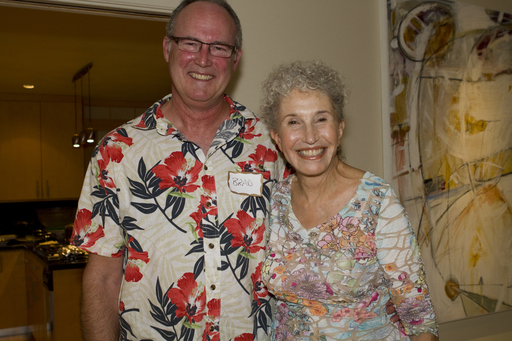
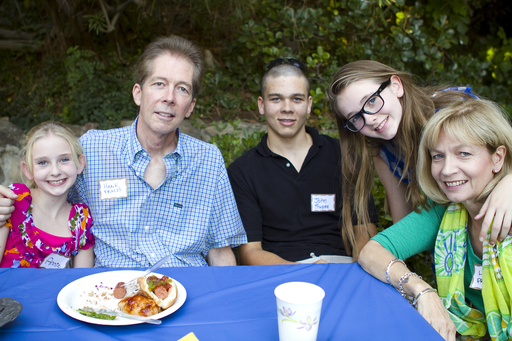
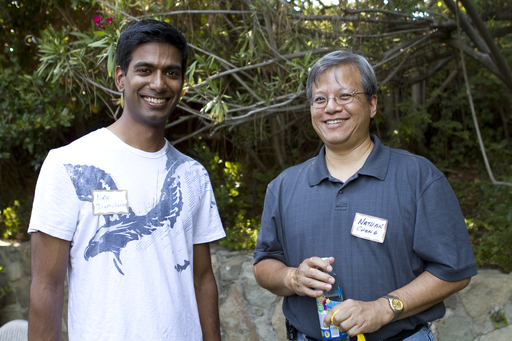
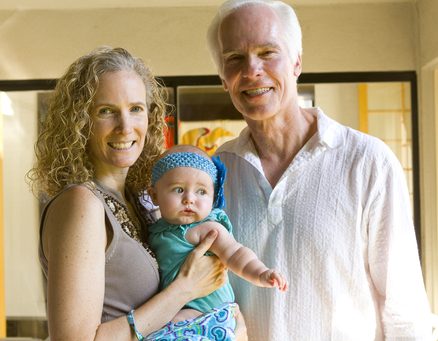
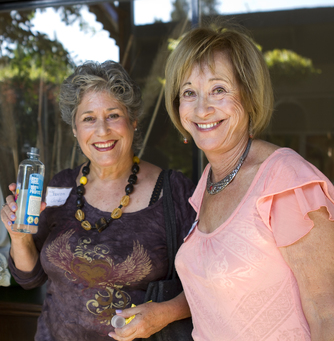
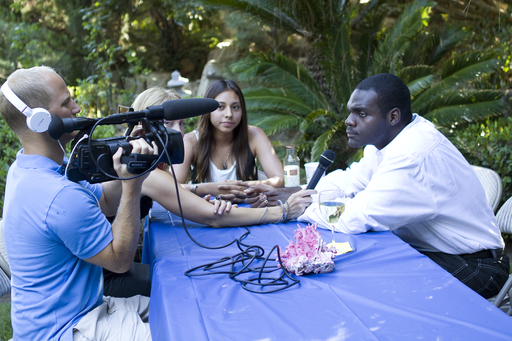
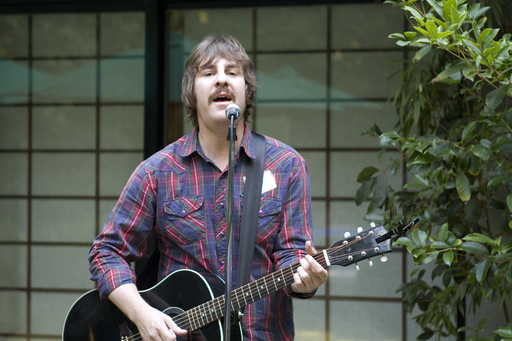
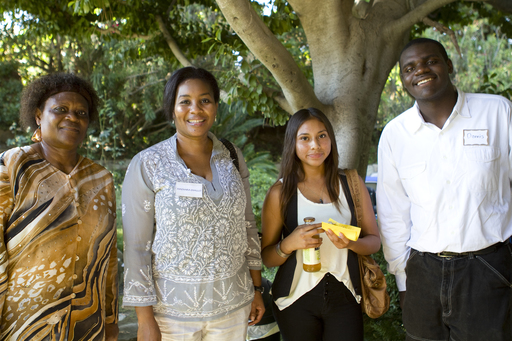
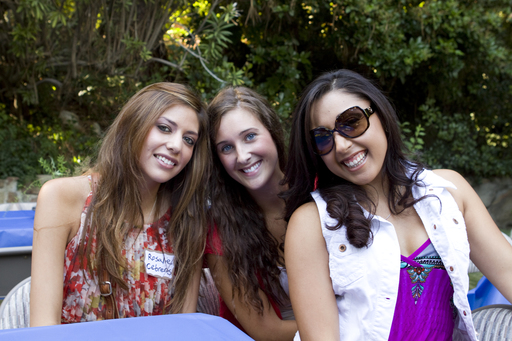
.jpg)
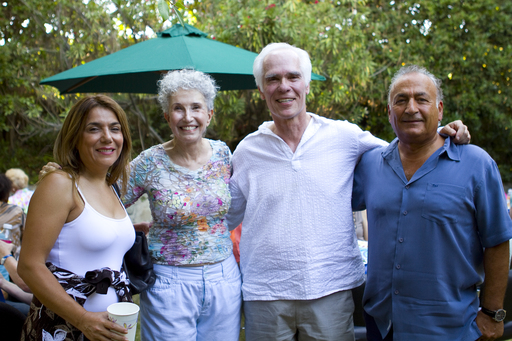
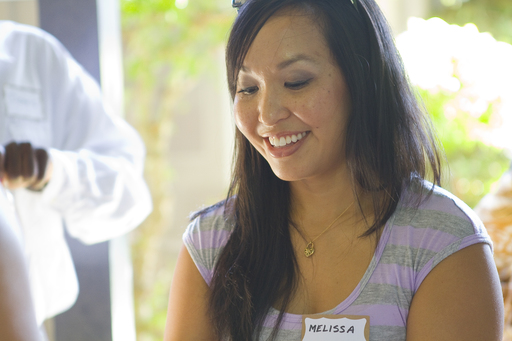
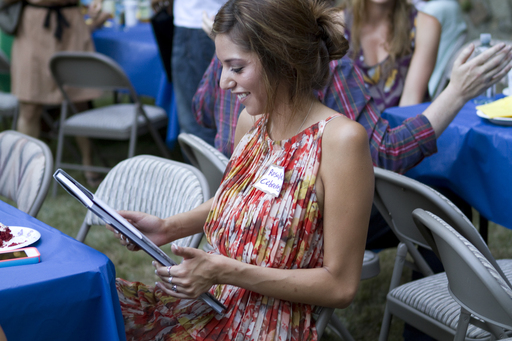
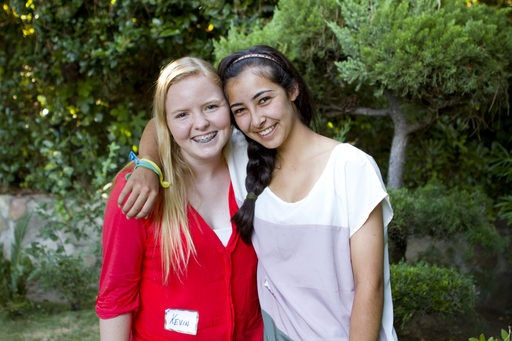
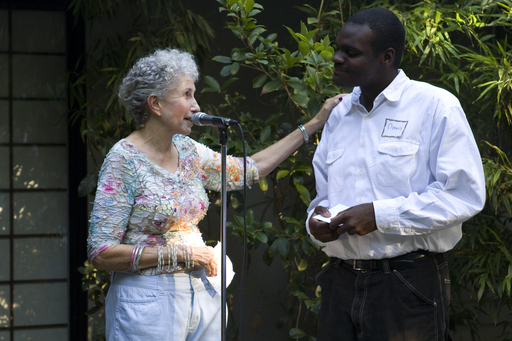
.jpg)
